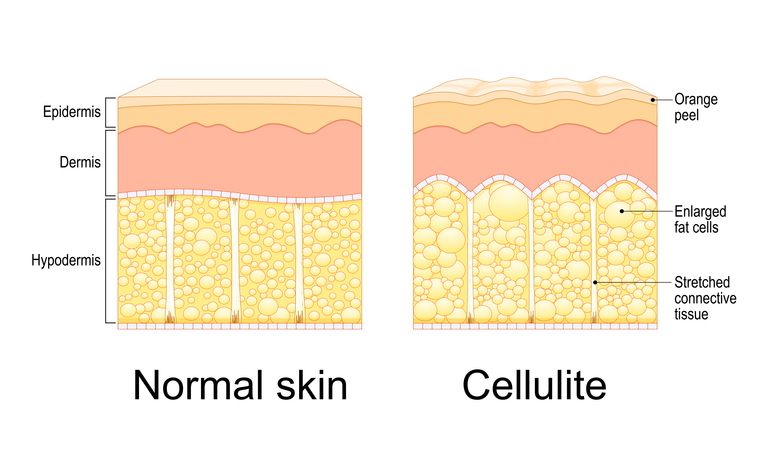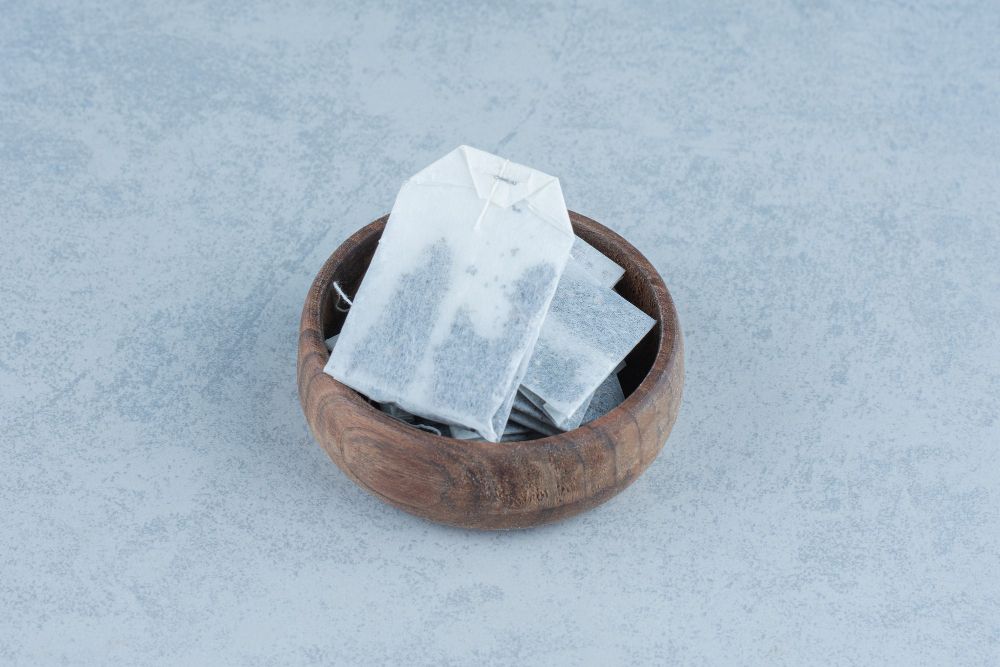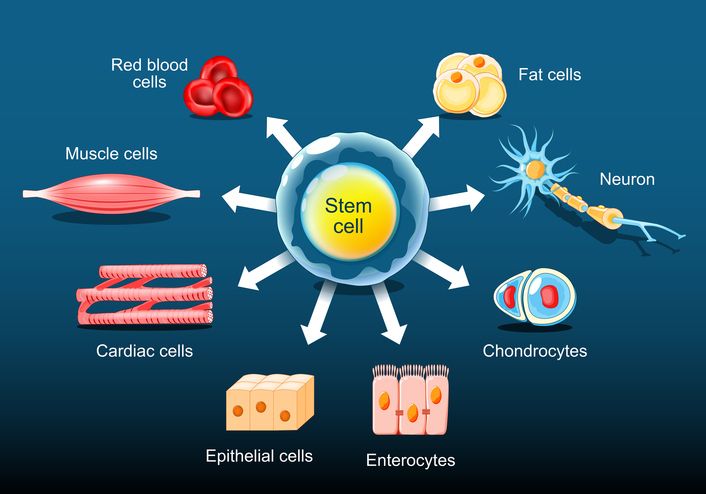
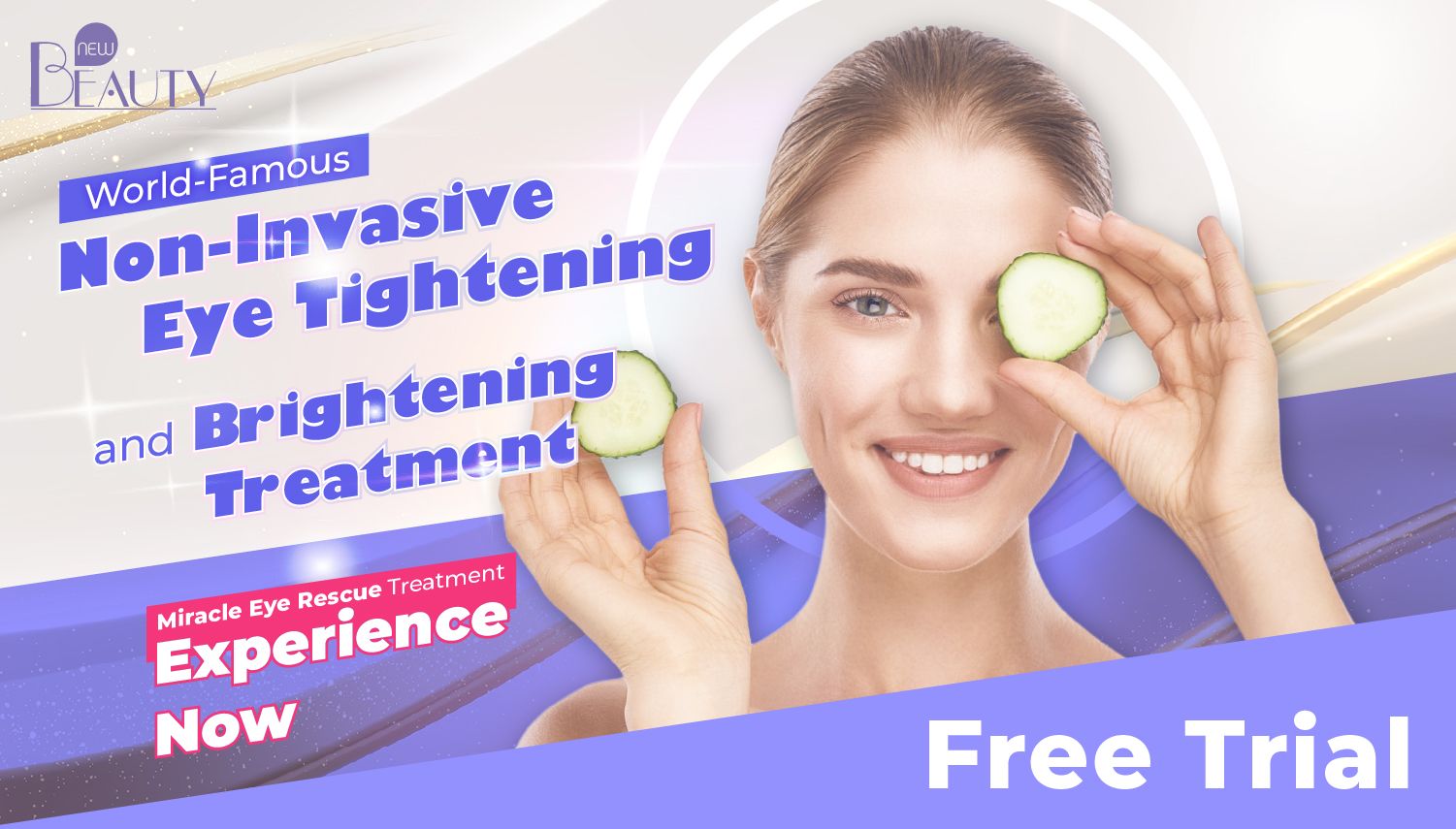
Book Now to Experience
Miracle Eye Rescue Treatment
1 Minute Self-Registration
Date should not be before minimal date
Author: Natalie Ng|4 April 2025
Crow's feet are a common sign of aging, but they don’t have to be inevitable. These fine lines around the outer corners of your eyes develop from repeated facial expressions and sun exposure. While they’re a natural part of the aging process, you can slow their appearance with proper care. By protecting your skin and using targeted treatments, you can maintain smoother, firmer skin around your eyes for years to come.

1
What Are Crow's Feet?
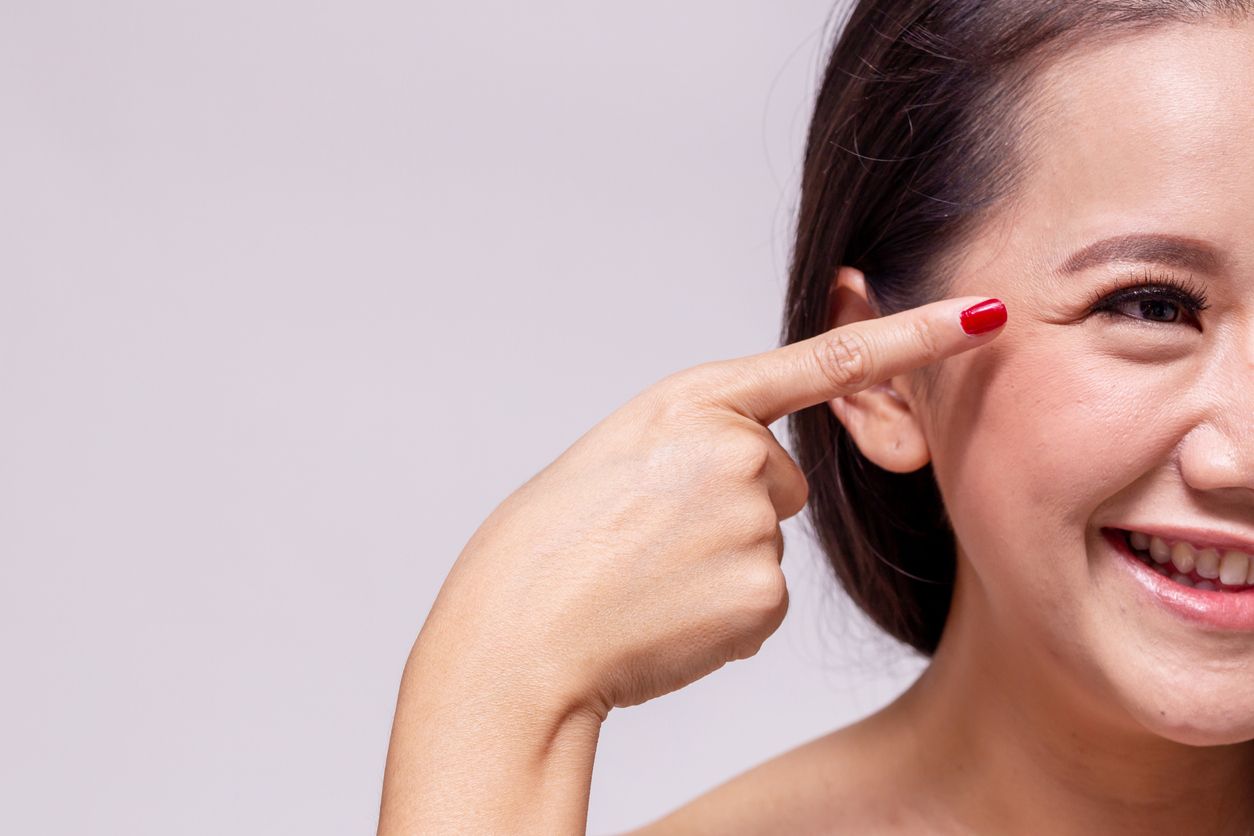
Why Do Crow's Feet Form?
Dynamic Lines vs. Static Lines
What Makes Crow's Feet More Noticeable?
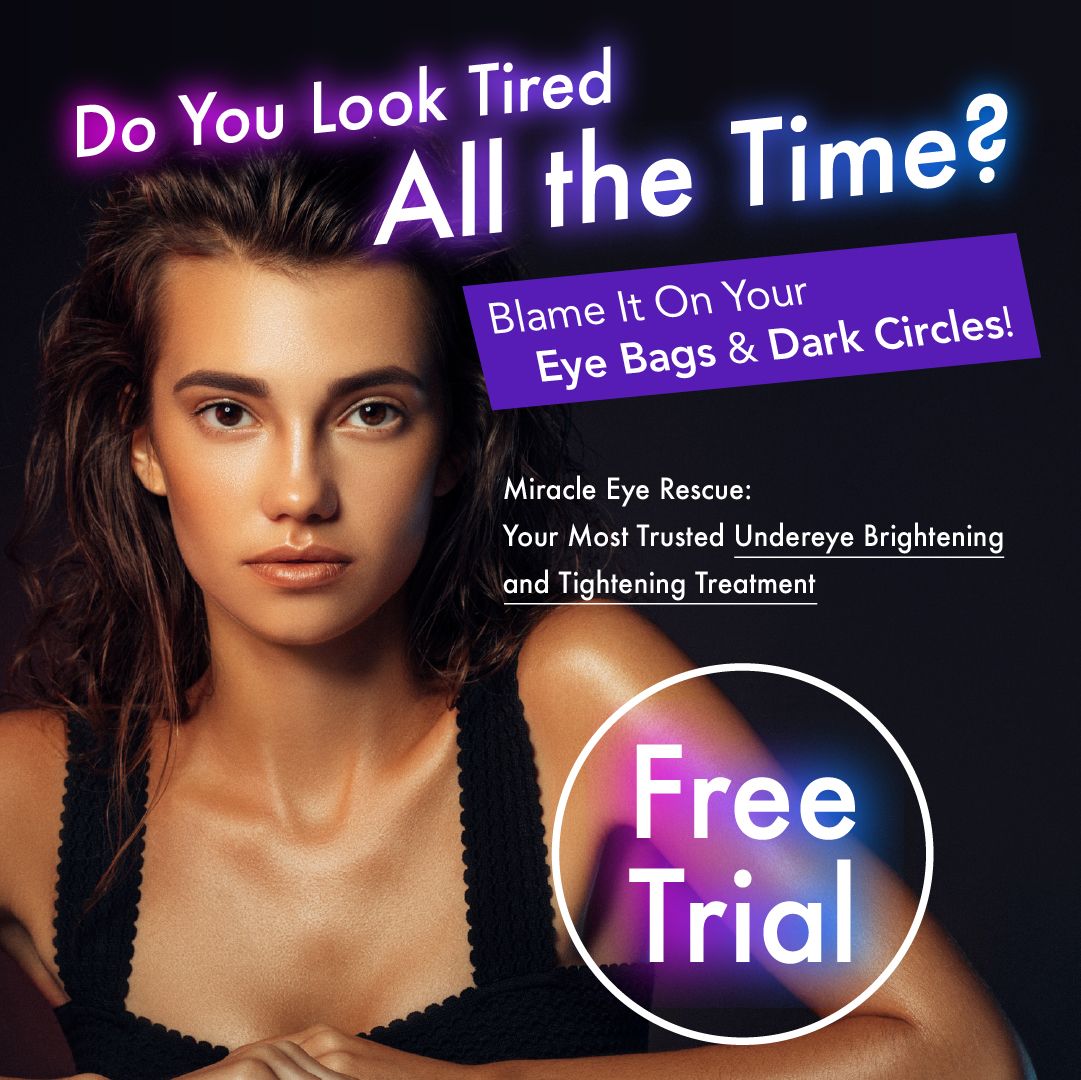

2
Difference Between Natural Aging & Premature Aging
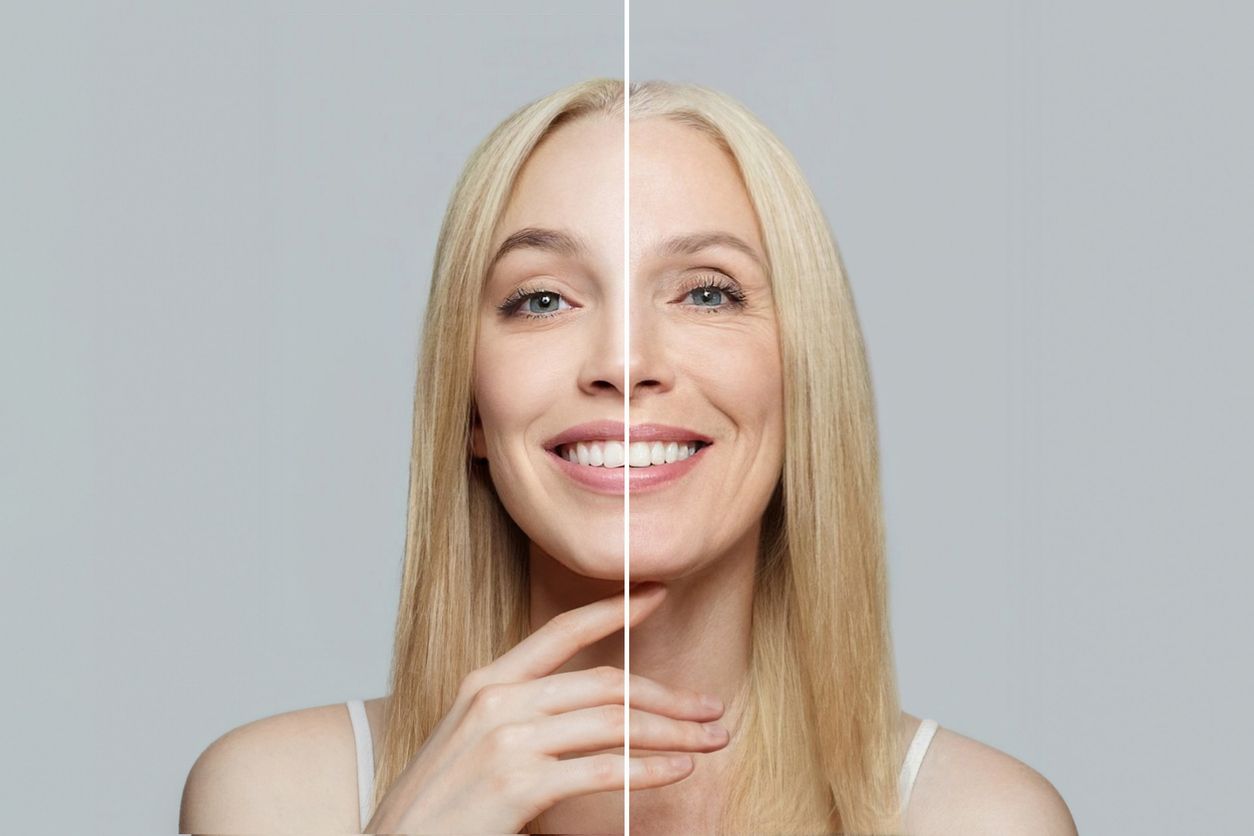
What Is Natural Aging?
What Is Premature Aging?
How to Prevent Premature Aging
Read More

3
Causes of Crow's Feet
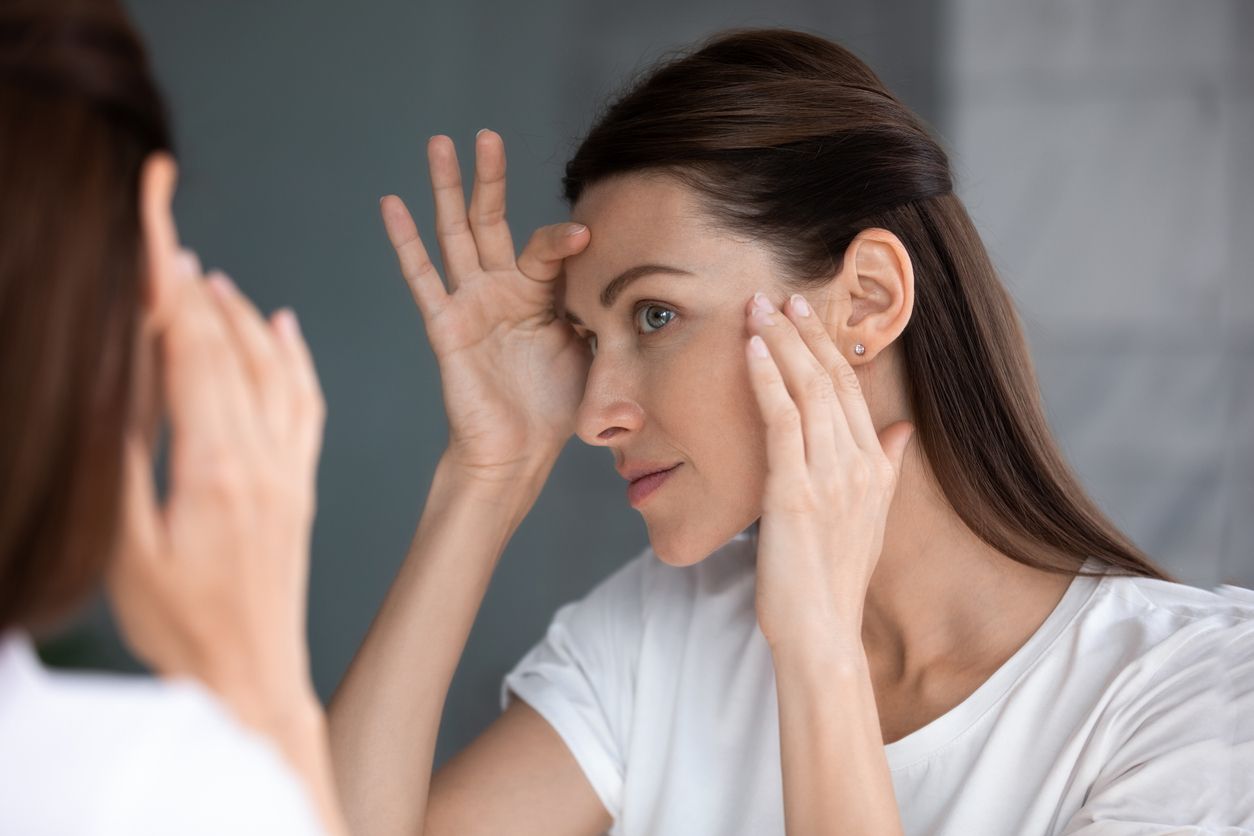
1. Delicate Skin Structure Around the Eyes
2. Elastin and Collagen Loss
3. Environmental Causes
4. Squinting and Facial Movements
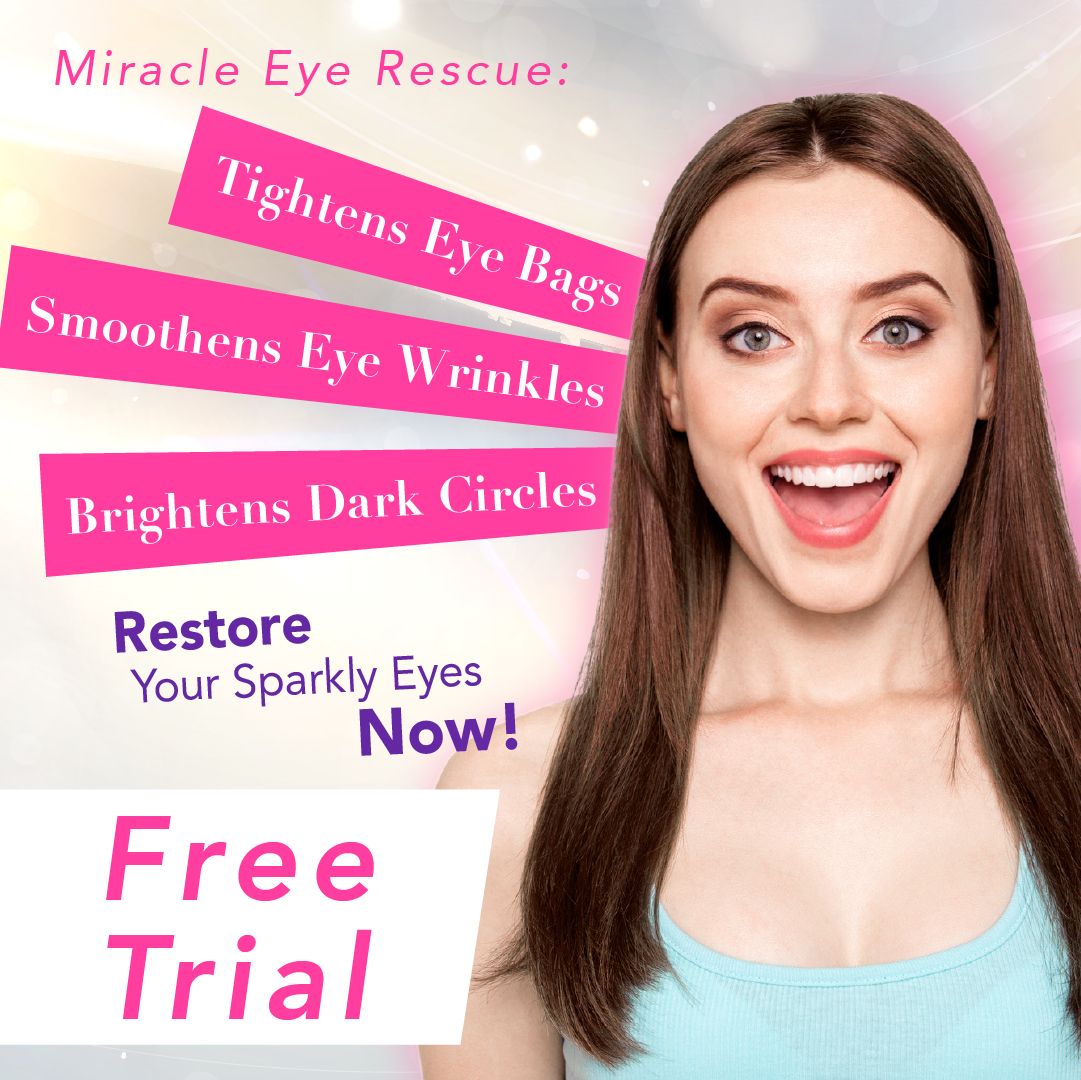

4
Getting Rid of Crow's Feet With An Effective Skincare Routine

1. Cleanse Your Skin Properly
2. Treat with Targeted Eye Creams and Serums
3. Moisturize to Lock in Hydration
4. Protect With Sunscreen

Book Now to Experience
Miracle Eye Rescue Treatment
1 Minute Self-Registration
Date should not be before minimal date

5
How Lifestyle Changes Can Reduce Crow's Feet

1. Adopt A Healthy Diet
2. Get Enough Sleep and Rest
3. Exercise Regularly


6
Enhance Effectiveness According to Your Skin Type
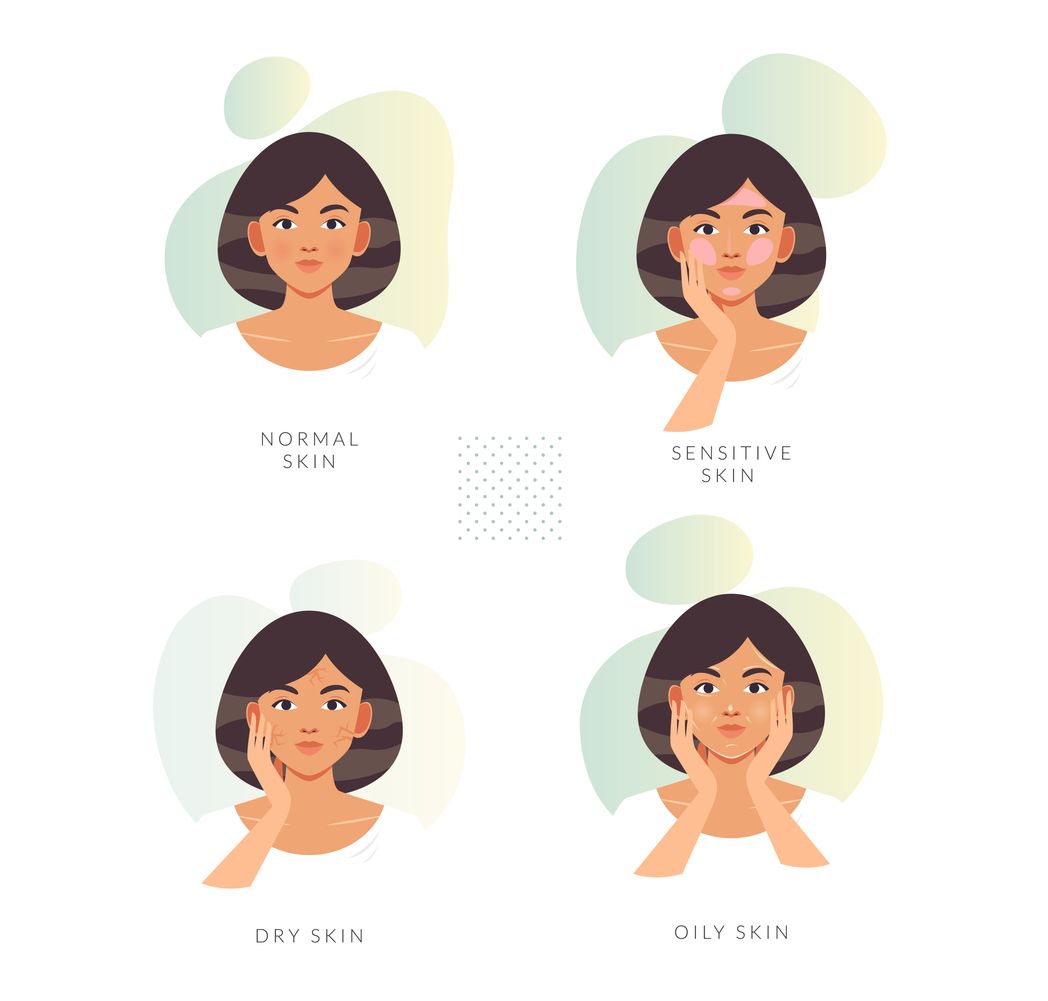
Oily Skin
Dry Skin
Combination Skin
Sensitive Skin
Normal Skin
Adjusting Your Skincare Routine for Your Skin Type
Read More

7
Treatments for the Reduction of Crow's Feet
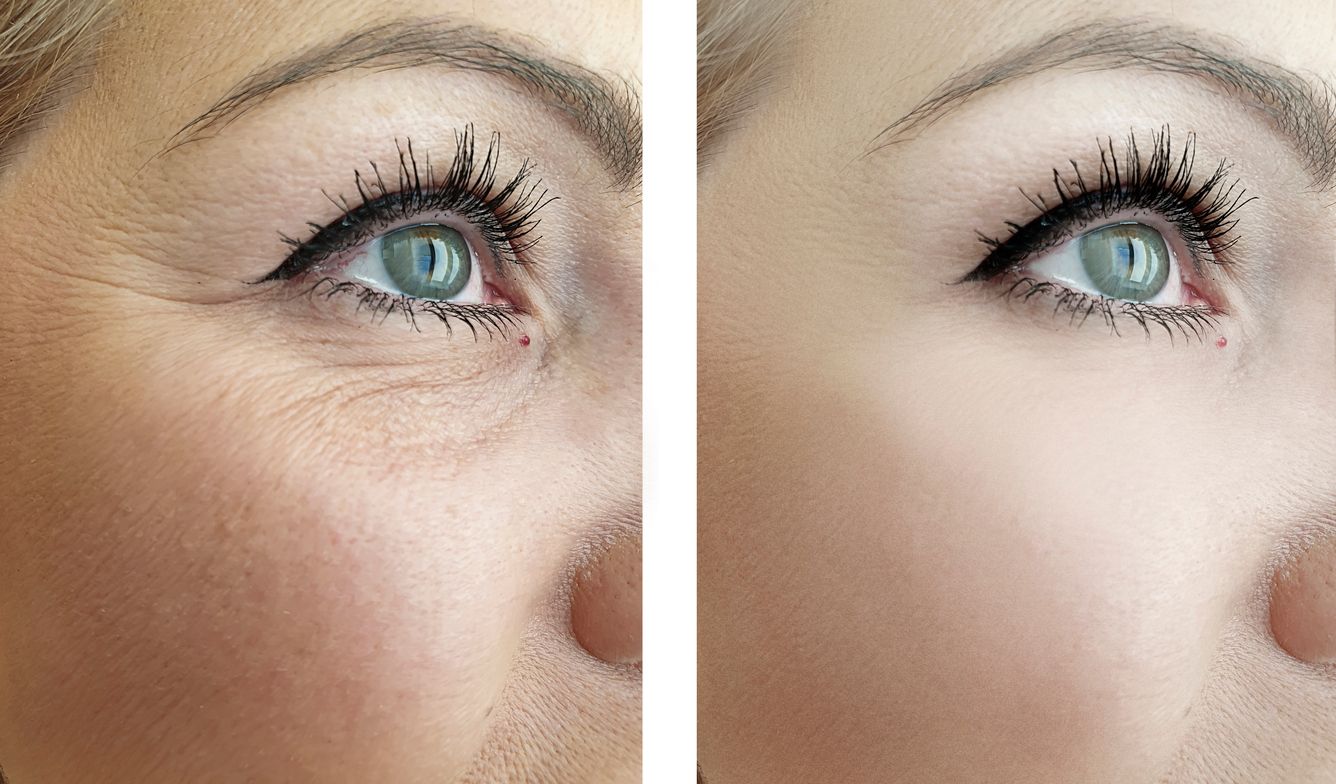
1. Botox Treatment
2. Dermal Fillers
3. Chemical Peels
4. Laser Resurfacing


8
The Miracle Eye Rescue Treatment

What is The Miracle Eye Rescue Treatment?
How It Works
Advantages of The Miracle Eye Rescue Treatment
Who is Suitable for the Treatment?
How Many Sessions Are Needed?
Tips To Prevent Crow’s Feet
FAQ
Can Wearing Contact Lenses Contribute to Crow's Feet Formation?
Wearing contact lenses doesn't directly cause crow's feet, and they may actually help prevent these wrinkles by reducing your need to squint. When you have proper vision correction through contacts, you're less likely to strain your eyes or squint, which are significant contributors to crow's feet formation. Your contact lenses work as a vision aid that can indirectly protect against premature wrinkle development around your eyes.
Do Facial Exercises Help Prevent or Worsen Crow's Feet?
While facial exercises can help prevent crow's feet by increasing blood flow and improving skin elasticity, you'll need to be cautious with your technique. When done correctly, exercises like gentle eye squeezes can strengthen muscles around your eyes, but excessive or incorrect movements may actually deepen existing lines.
Are Crow's Feet More Common in People With Certain Eye Colors?
Your eye color doesn't influence whether you'll develop crow's feet, as research shows no direct correlation between eye color and these wrinkles.However, if you have lighter eyes, you might be more susceptible to UV damage since lighter eyes often accompany lighter skin, which is more prone to photoaging.The primary factors affecting crow's feet development are UV exposure, muscle movements, and overall skin health, regardless of eye color.
Can Sleep Position Affect the Development of Crow's Feet?
Your sleep position can substantially affect the development of crow's feet, especially if you're sleeping on your side or stomach. When you press your face against a pillow, you create mechanical compression that causes facial distortion and creasing around your eyes. Over time, this repetitive pressure leads to collagen breakdown in the delicate eye area, contributing to premature wrinkle formation. You'll minimize this effect by sleeping on your back.
Do Prescription Glasses Provide Adequate UV Protection Against Crow's Feet?
Prescription glasses can help protect you from crow's feet, but they're not all created equal.While high-quality prescription lenses with UV protection up to 400 nm offer significant defense, you'll need thorough coverage. Your best bet is polycarbonate lenses or those with specialized UV coating, combined with wraparound frames that protect the delicate skin around your eyes from harmful rays.
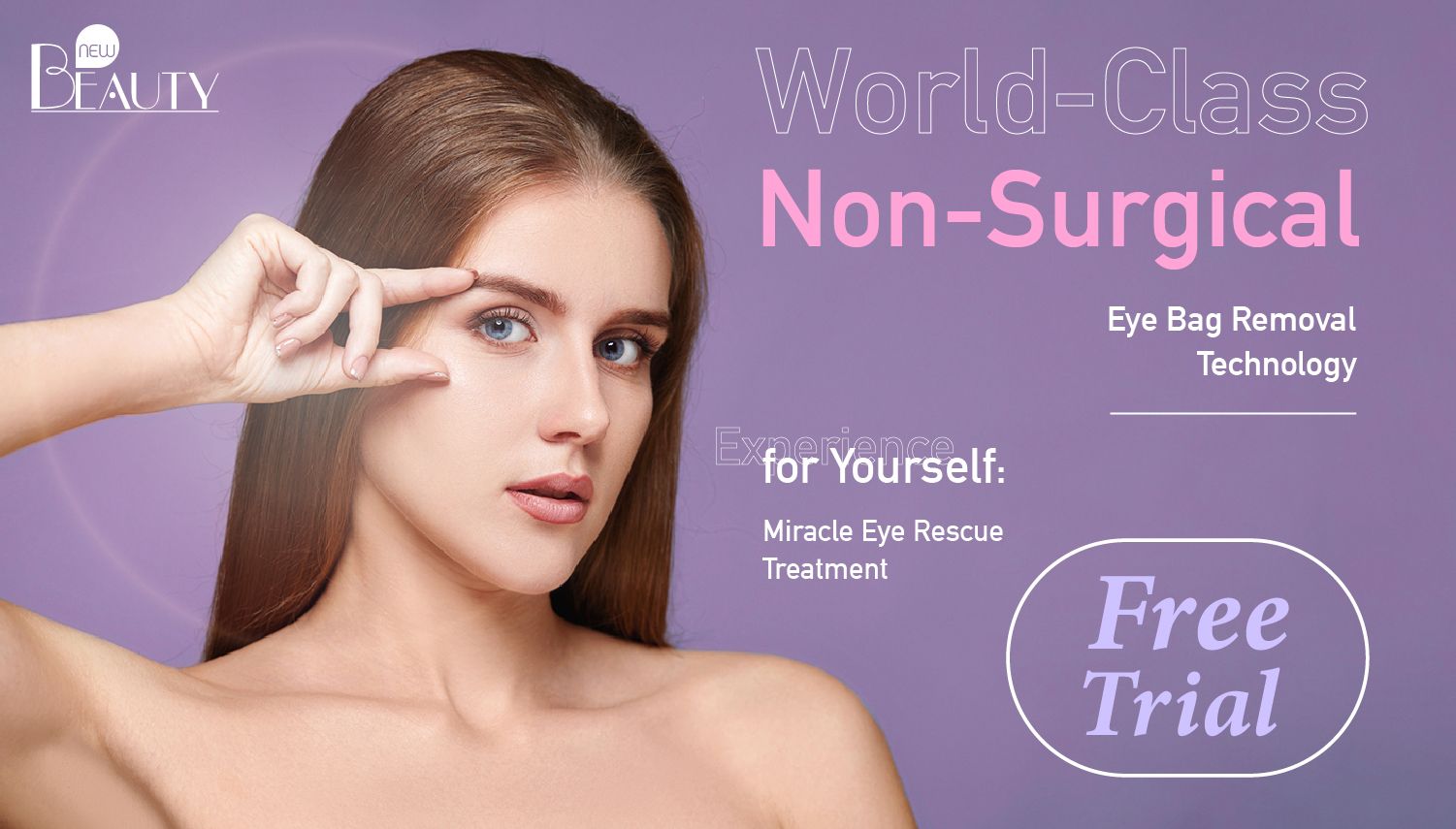
Book Now to Experience
Miracle Eye Rescue Treatment
1 Minute Self-Registration
Date should not be before minimal date
Recommended Articles
COPYRIGHT© NEW BEAUTY MANAGEMENT LIMITED 2025. ALL RIGHT RESERVED.

